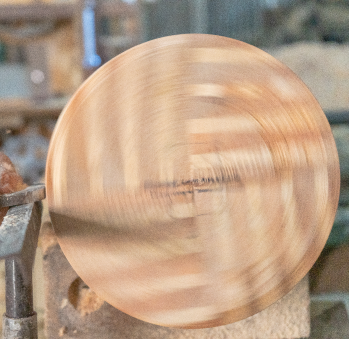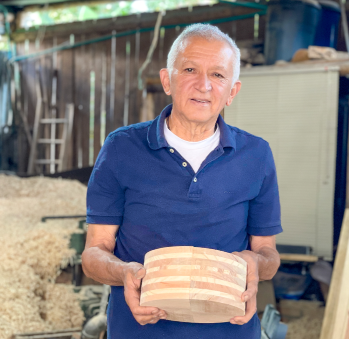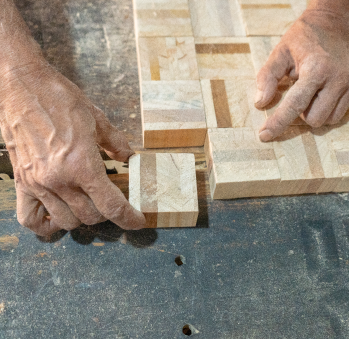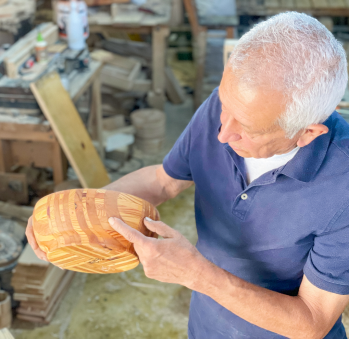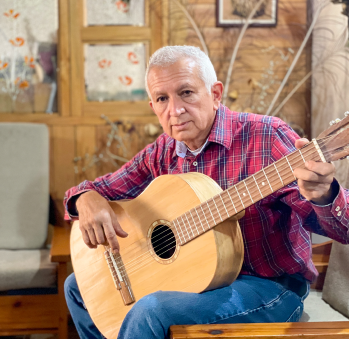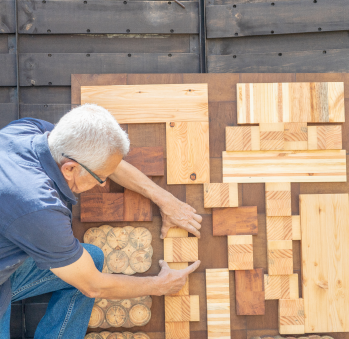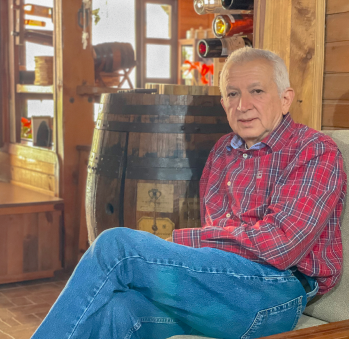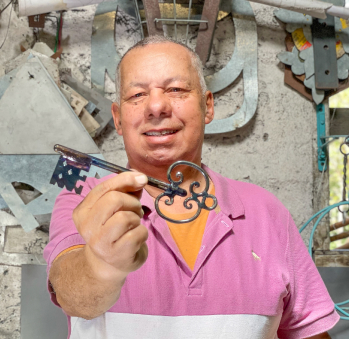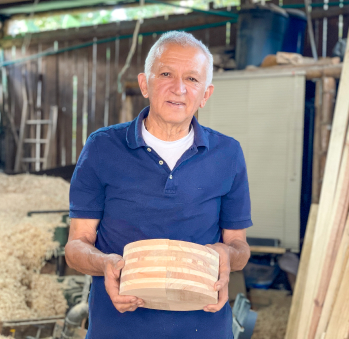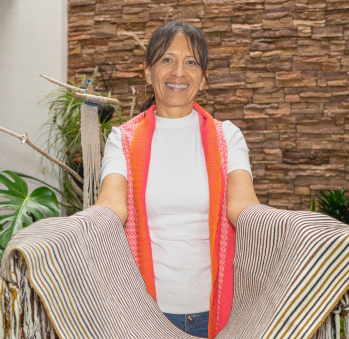José Francisco Fernández
Workshop: Ecasa
Craft: Trabajos en madera
Trail: Cauca Route
Location: Popayán, Cauca
SCHEDULE YOUR VISIT
Transversal 9 #60n-200, Popayán, Cauca
3164019413
cefarq@yahoo.es
@ecasafamiliar
@ecasafamiliar
He is a master. Literally. He speaks with the cadence of an experienced professor and carries with him an aura that commands respect as soon as you look at him. Curiously enough, woodworking came to him because of his sports enthusiasm: he loved model airplanes as a child and has followed archery for 50 years. He still practices the latter competitively in the Senior category. Lately, he has also been enthusiastic about music and makes guitars that his bohemian friends tell him sound great. However, this infinite man has rooted himself to the world of trees. As a Senior Forestry Expert, first class of 1975, he worked for 25 years for the National Institute of Renewable Resources –the former Inderena– as a researcher specialized in reforestation. Thanks to this undertaking, he built, with the help of the Regional Autonomous Corporation, Cauca’s Xilotheque: a collection of woods of about 80 different species. This allowed him to obtain recognition by the Faculty of Agricultural and Forestry Sciences.
He narrates his life, and the records accumulate like the tree rings he has studied with such devotion. He explains that one way to approach the world of woods is by their smell and color. Normally, softwoods are light, and hardwoods are dark, but their smell is what allows us to identify them. Granadillo wood can be spotted by its sweet smell of candy and achapo wood, when brought close to the nose, produces a stinging and an immediate desire to sneeze. He makes the effort to bring the forest to our imagination, the same vivid way that it was presented to him many years ago by the Paeces, indigenous people of Cauca in Tierradentro. He speaks sweetly of the trees, and he has learned to describe them with images that could leave you in awe. For example, he says that “the cedar smells like school” because that is the smell of our pencils. When he speaks of the white mangrove, a tree that is surrounded by salt water, he says that it smells like an “old box” and that the bull’s blood can be recognized because, when it is cut, it releases a substance that looks like blood, a white and red latex, which is characterizes its smell.
He became an artisan after spending half his life working towards the reforestation of the country. He dusted off the memories of when he saw his father, Don Marino Fernandez, carving, and found a tremendous talent that he did not exploit. He talks about the use of reforested wood in a department where the Smurfit Foundation, Cartón de Colombia, has been producing paper for many years. He knows that what is called waste in the wood industry is the craftsman’s raw material. After sawing, drying, and sorting it, this wood begins a new cycle, turned into a handcrafted ware. He knows all about the behavior of wood and does not fall into the trap of messing with oak. Everyone wants to have something made of oak but when it comes to actually working with it, one realizes that it has a twisted grain that can only be handled with very sharp tools at the risk of collapsing or warping very easily. That is why he prefers to carve in cedar, granadillo, and several varieties of pine. He also talks about the challenge of the guitars. A procedure he learned by watching YouTube, or how he calls it: “that devil that is the internet.” It consists of mixing Canadian cedar, Caquetá cedar and zapán. Finally, he laughs and says that because he has such big hands, he has had to use tweezers to insert the smaller pieces into the body of the guitar. When he does so, he gets as excited as a child. His daughter, who is right next to him, swells with pride for having such a great dad.
Craft


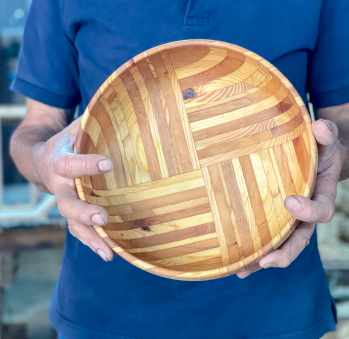
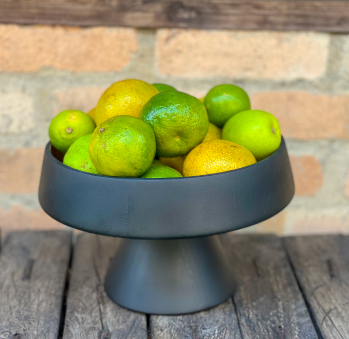
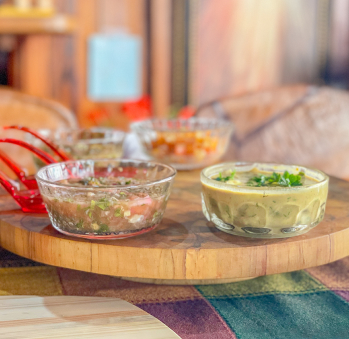
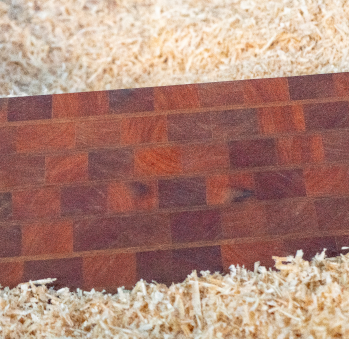
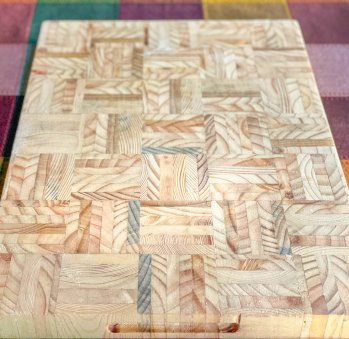







Artisans along the way
Artisans along the way
No puede copiar contenido de esta página








































